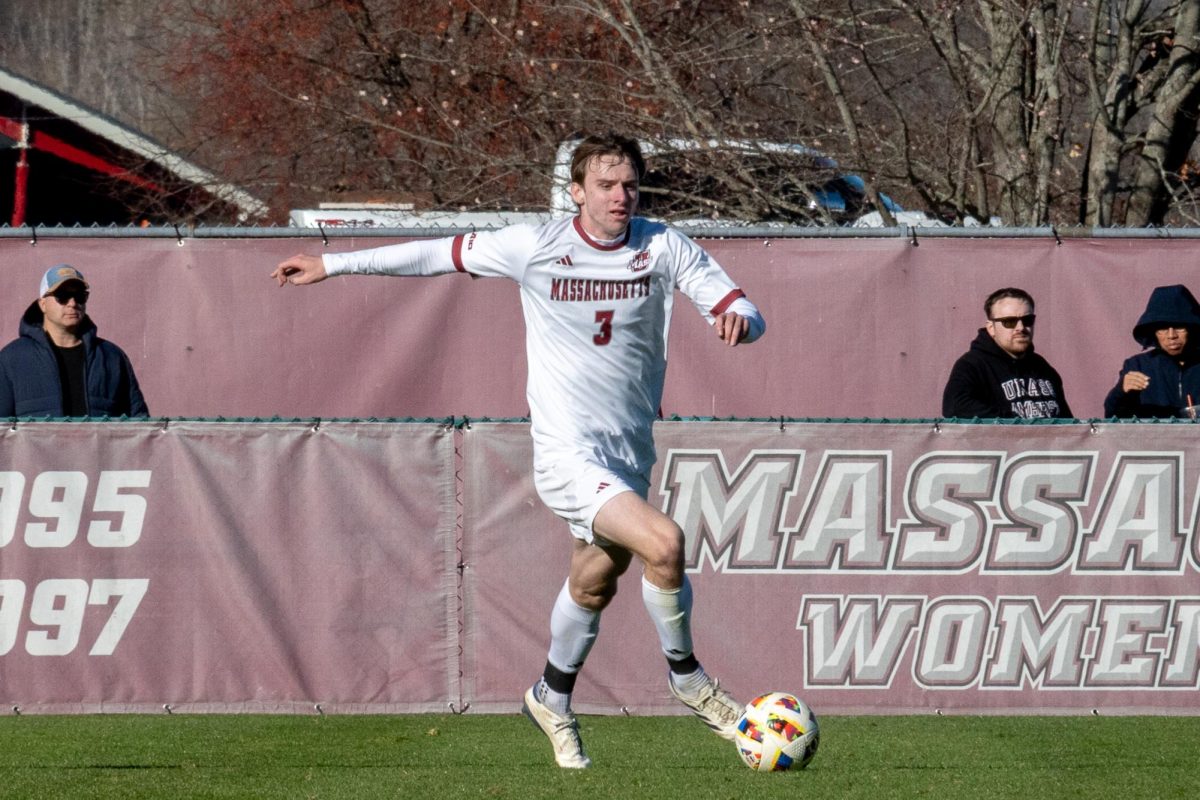
Football teams across the nation took the field this Sunday clad in pink gear. Breast cancer survivors were given VIP seats and were broadcasted on stadium video screens, viewers were reminded multiple times during each game that October is the Breast Cancer Awareness Month, and most importantly for the National Football League, pink merchandise went on sale to benefit cancer screening facilities.
Another October means another year of the NFL pretending to care about breast cancer, profiting off its existence, and raising money for a cause that breast cancer charity watchdog Tara Peters called “Highly misinformative, outdated, unproven and misguided,” in a 2014 interview with Vice Sports.
The problems with the NFL’s “A Crucial Catch” campaign are indisputable. The campaign’s donations to cancer screenings are roughly eight percent of profits from retail pink gear, and even less from purchases made on NFL Shop, the league’s private merchandise outlet, according to separate reports from ESPN and Business Insider. Peters’ testimony also describes the actual end result of the donations, which don’t contribute to research, but rather to screenings at very select facilities of the NFL’s choosing, ignoring recommendations by clinics and doctors regarding which facilities need more funding.
These complaints have been going on for years, and it is as certain as the sunrise that we’ll see further investigation into the shaky public relations campaigns of the NFL. That problem is too large to tackle and is way too profitable for the league to see change coming soon. However, there are choices that consumers could make subvert the greedy plans of the National Football League.
Instead of spending $31.95 on a New England Patriots cap with pink trim, a charitable individual could donate $31.95 to the Susan G. Komen foundation, The Red Cross, or The American Cancer Society, all of which are desperate for funding and would spend more of the $31.95 on breast cancer research and treatment than the NFL would. One could argue that donating via hat purchase also benefits the consumer since they get a hat out of the deal. Even factoring that in, a consumer could buy the exact same hat for $21.95 on NFL Shop, and donate the $10 mark-up to a charitable organization.
Even if we’re being generous and using ESPN’s eight percent rate for Crucial Catch products, and we’re factoring in that organizations such as Susan G. Komen have their own administrative costs, a $10 contribution would be over 300 percent more efficient than giving $31.95 to the NFL and expecting them to give more money to cancer treatment than you could yourself. The bottom line is that if you’re giving your money to the NFL and Nike, less of it will go towards treatment than a donation to a charitable organization would, and none of your money will go towards research.
If you don’t have money to donate or have already exhausted that avenue, there are even better ways than cash donations to improve the lives of breast cancer victims. You can volunteer your time with organizations in the area such as Cooley-Dickenson Hospital in Northampton or the Dana-Farber Cancer Institute in Boston.
Breast cancer is a monumental problem, and the NFL is using it as an excuse to drive up merchandise sales and improve their own public relations. That is despicable, but it is equally despicable for consumers to comply with this manipulative business tactic. The power lies with fans and non-fans alike to reject the NFL’s October marketing campaigns and to take our business elsewhere.
William Keve is a collegian columnist and can be reached at [email protected]


















